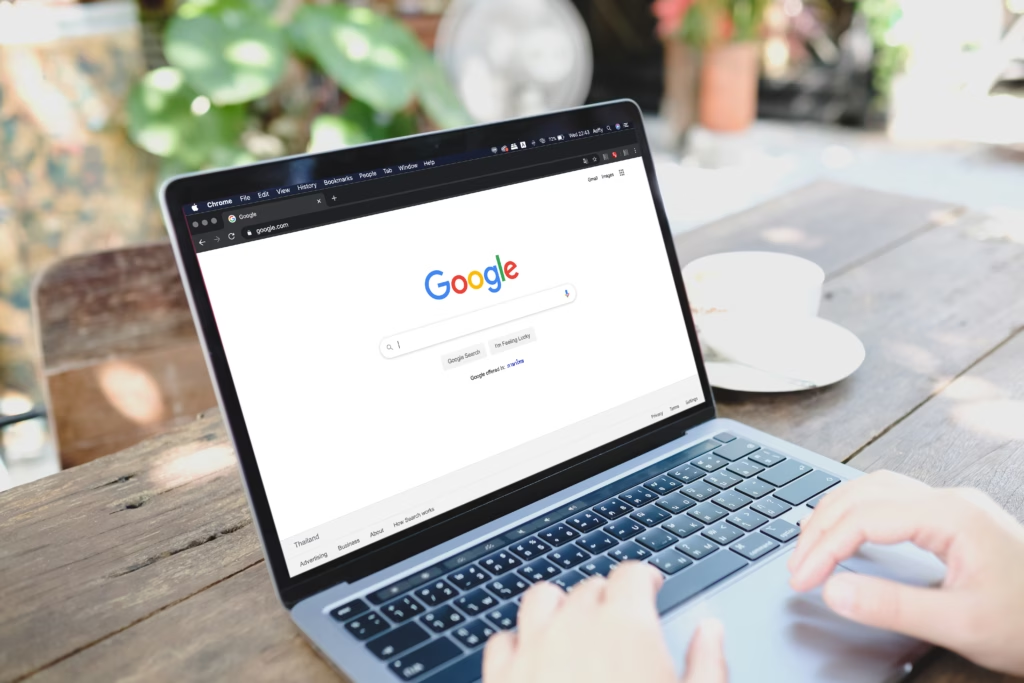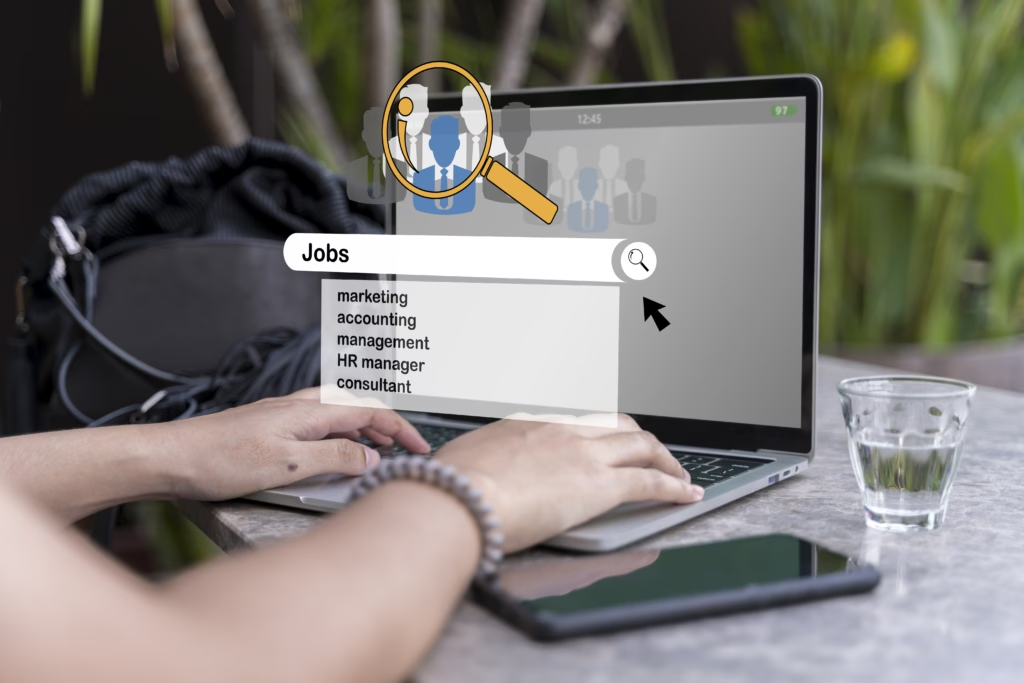The outcome you receive from a Google search sits under the name SERP (Search Engine Results Page). Do you observe how selected results draw increased attention than others during your Google searches? This guide explains what a sSEO: The Key to Maximizing Your Reach is, its types, and its importance for SEO for better user experience.
What is a SERP Feature?
The Search Engine Results Page features special results and elements that extend the typical blue link format. The system implements such features as a means to deliver easily accessible relevant data which appears more attractive to users. The search experience can be improved through SERP features that present users with direct answers alongside images, videos, and interactive components.
Users looking for New York weather information receive a weather widget that appears above standard search results. The widget operates as a SERP feature.

How to Discover SERP Features
The finding method for SERP features remains straightforward for those who wonder about this process. The identification process becomes easier through the following steps:
Perform a Google Search:
You can begin your Google search by entering a keyword linked to your subject. Examine the results page to check for any content that deviates from the standard display.
Use SEO Tools:
Tools like Ahrefs, SEMrush, and Moz enable users to examine SERPs through their systems to spot features related to specific keywords.
Check Mobile vs. Desktop:
The appearance of some SERP features depends on which device you use for your search since they exclusively show up on either mobile or desktop screens.
Monitor Changes:
You should maintain active observation of algorithm updates made by Google since the search engine platform updates its systems frequently during periods.
Types of SERP Features
The search engine platform Google provides multiple SERP features that match various user search intentions. These are the most popular SERP features that Google provides customers:
Featured Snippets:
Featured Snippets represent brief solutions that Google shows in boxed form in the SERP section. The features present themselves on the search results page to deliver quick information without needing a user click.
Knowledge Panels:
Knowledge Panels exist on the right section of SERPs to deliver comprehensive details about individuals or geographic entities and objects.
Image Packs:
Image Packs provide a vertical display of images linked to the search keywords which typically appear when users search visually such as “modern living room ideas.”
Video Carousels:
Customers may browse video series through horizontally scrollable content that features tutorials and reviews.
Local Packs:
The specific search interface featuring map listings of nearby business establishments activates whenever users enter phrases that incorporate “near me” deducts such as “coffee shops near me.”
People Also Ask (PAA):
People Also Ask (PAA) shows a selection of popular questions that users ask about the search subject.
Shopping Ads:
The Shopping Ads feature presents product listings through visual presentations along with pricing details and customer review sections mainly for e-commerce search outcomes.
The various elements on the Google SERP exist to satisfy different user needs by offering answers through text and images as well as local business listings.

How common are Google SERP Features?
The Google SERP features seem prevalent because they appear in more than 65 percent of all search requests. The answer is: very common. Research shows that SERP features appear in response to more than 65% of every Google search. Performance optimization for SEO requires you to include all SERP features as they cannot be neglected.
These are the statistics that show the frequency of occurrence of Google SERP features:
- Featured Snippets: The occurrence frequency of Featured Snippets reaches roughly 12% for all Google search results.
- Local Packs: Google displays Local Packs in more than 30 percent of searches made by users who have set a particular location.
- Image Packs: Found in approximately 15% of visual searches.
- People Also Ask: Appear in over 40% of searches.
The strategic focus of Google on user experience results in an escalating trend of SERP features implementation.
Benefits of Google SERPs
Analyzing the advantages of Google SERPs leads to better content optimization results. The valuable benefits of SERP features stem from the following characteristics:
- Improved Visibility: Appearing in a SERP feature can significantly boost your visibility, even if you’re not in the top organic position.
- Higher Click-Through Rates (CTR): The click-through rates from users surpass normal results because featured snippets and local packs command the highest attention.
- Enhanced User Experience: SERP features enable faster user satisfaction through their capacity to present quick information and visual displays which help users locate needed content more easily.
- Increased Traffic: When your website engages with multiple SERP features it automatically drives increased traffic to your site.
- Better Targeting: Different SERP features match various user requirements which improves your ability to reach the right audience.
How to Optimize for SERP Features
Since you grasp SERP feature basics and their importance the following guide demonstrates how to improve your content.
Target Featured Snippets:
- Pinpoint your answers to standard queries by making them easy to understand.
- The use of headers (H2 and H3) within content structure helps Google extract information effectively.
Optimize for Local Packs:
- Gaining ownership of the Google My Business listing needs to be your task.
- Your content must contain localized keywords together with business location information.
Leverage Image Packs:
- Include high-quality images that have proper optimization while using descriptive alternative texts in the images.
- The names of your image files should contain suitable keywords.
Create Video Content:
- Upload videos on your YouTube platform while optimizing their search functionality through well-selected keywords.
- Graphical thumbnails together with captivating titles should be used to draw user clicks.
Answer PAA Questions:
- Research the prevalent questions about your focus topic to include in your answers.
- You should present expanded explanations about the topic throughout your piece.
Conclusion
The digital competition requires everyone to understand what a SERP feature is while learning how to utilize them which creates substantial advantages. The SERP features enhance user experience while providing businesses and content creators with significant advantages from Google SERPs. Your content optimization for SERP features enables better visibility while driving elevated traffic volumes that help your business lead competitors in the market. Begin your investigation of Google SERPs at this moment to unveil their complete power.




























